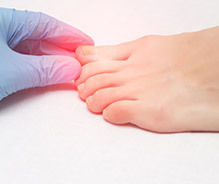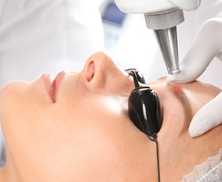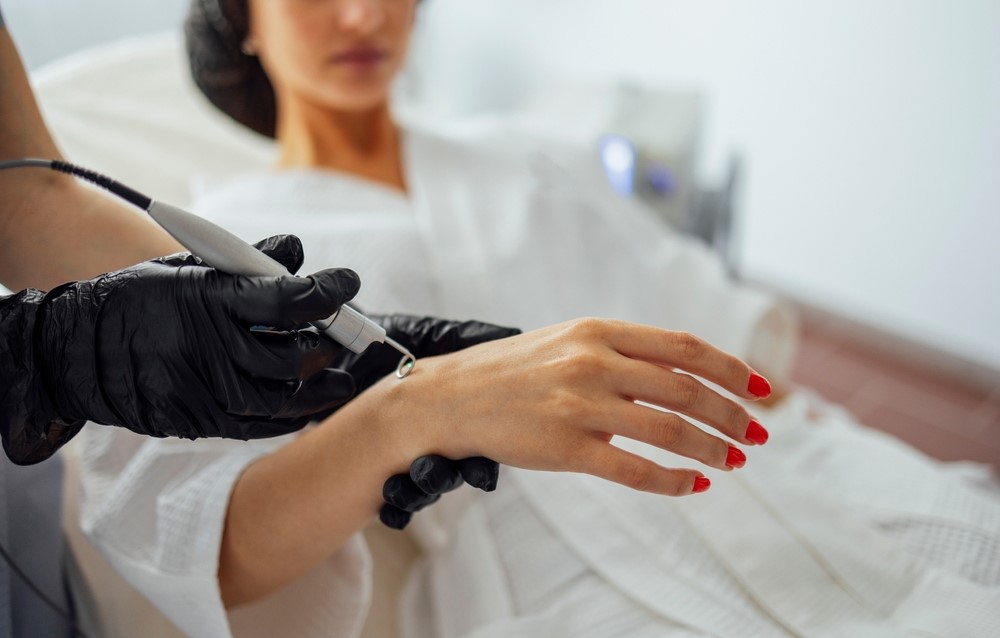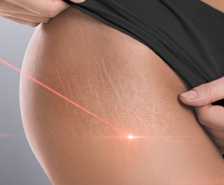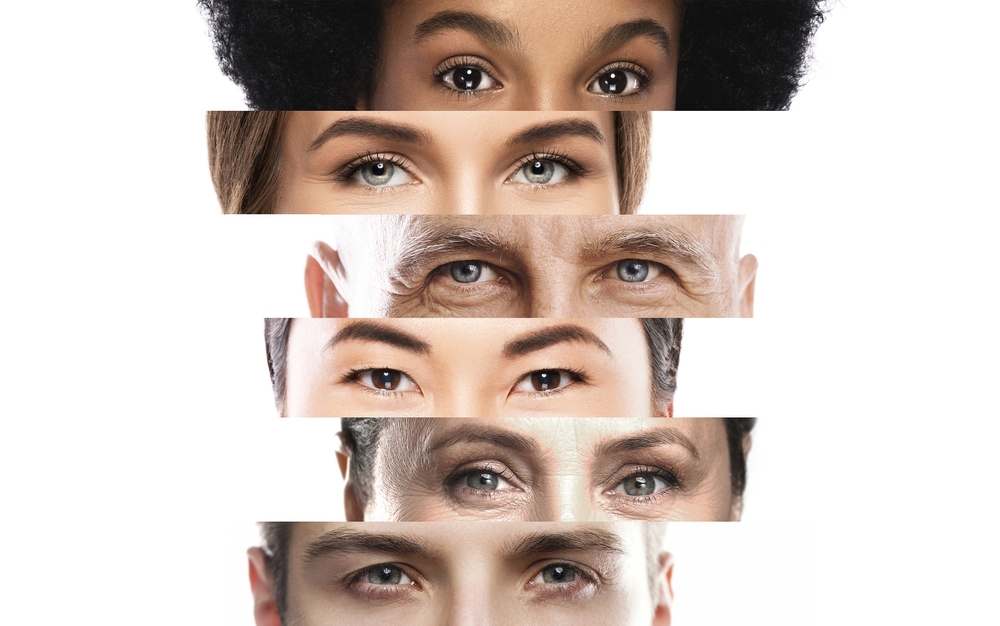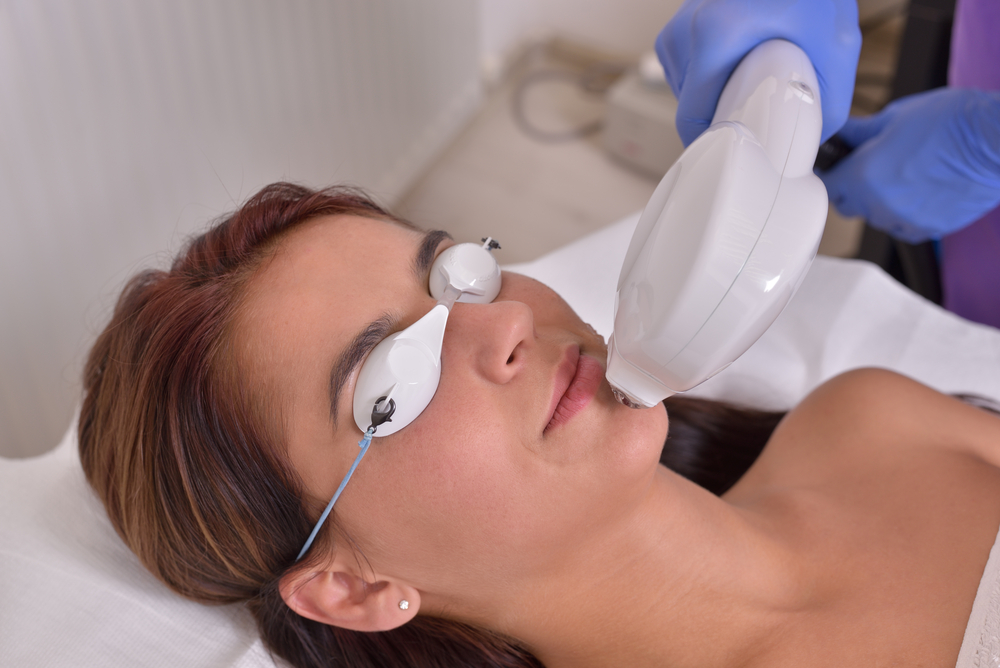They affect countless people up and down the UK but not that many people are aware of the real nature of stretch marks. For instance, why do stretch marks appear in different colours? Why Are Stretchmarks Different Colours
Some stretch marks are quite a deep shade of purple; others are pinkish-red; whilst others are silvery and almost colourless.
What makes them appear in different hues? The colour of stretch marks gives an indication of how new they are and how the body is responding to them. Stretch marks themselves are scars formed when the skin fails to keep up with the changing shape of the body. They occur frequently during pregnancy and rapid weight gain or weight loss.
As elastic as skin is there are points when that elasticity is outdone, the skin gives somewhat and a scar, a stretch mark, appears.
When that stretch mark is new it is likely to be deep purple or red. New stretch marks are generally the most noticeable. However, the skin responds to them with its natural healing processes. That is why deep red stretch marks fade to a pinkish hue after the initial trauma.
Over time, that pinkish hue will also disappear and what is left is an old stretch mark characterised by a white, silvery, translucent line. Not all stretch marks reach this stage quickly – it all depends on the individual characteristics of the scarring that has taken place.
What readers may find interesting is that even though stretch marks are to all intents and purposes permanent (because they are scars), their appearance can be reduced via laser stretch mark treatment and diamond/crystal Medical micro-dermabrasion. In some cases, they can be removed completely because lasers are capable of removing scar tissue at the same time as encouraging the regeneration of the area with new skin cells.



